This time, I’m featuring the iconic portable battery-operated amplifier, the Pignose 7-100R.
The Pignose 7-100R has been around for over 50 years. It’s a familiar amp for those who have been playing electric guitar for a long time. Of course, it’s available at Sound House. As long as analog amplifiers exist in the guitar industry, the Pignose will continue to reign as the quintessential small battery-powered amp.
The sound variations are simple; by opening the metal hook on the side, you can enjoy an open-back sound. Unlike the recent models, it has not been equipped with the multifunctional features such as built-in rhythm machines, digital effects, or wireless capabilities. To produce sound, you just need to turn the ‘pig’s nose’ knob clockwise. If it has a battery or is plugged into an AC outlet, it makes a cute plop sound.
The sound is extremely analog. For those accustomed to digital amps, it may be a sound they find hard to adapt to.
Of course, digital modeling amps have their advantages, condensing meticulously designed and valuable sounds into one unit, and they will likely continue to coexist.
In other words, even if you’re not very familiar with this equipment, I believe that for guitar players who enjoy blues music, nothing beats the Pignose, a portable amp powered by batteries!
It was even used in the 1986 American film Crossroads, where blues music is celebrated.
The protagonist simply turns on the Pignose and fits a slide bar onto his left hand.
In the latter half of the film, the virtuoso Steve Vai performs intensely in front of the banquet hall floor, but during his showdown with the protagonist, he struggles to keep up and ultimately loses to the protagonist’s bolder slide technique. Of course, it’s actually Ry Cooder playing.
Many people point out that “the Pignose doesn’t deliver intense sounds,” but I interpret that with the use of distortion effects, I can achieve modern sounds as well. It’s surprisingly compatible with overdrive and distortion pedals.
Usually, I keep the volume knob at the 9 o’clock position. The battery life depends on the volume, but the specifications say that standard AA alkaline batteries can last for about 5 hours. The AC power is supplied from the back at 5W, and the cord is made from delicate materials, so I recommend handling it with care (based on my experience).
Price: 1,480 yen (as of August 26)
This power cable can be neatly stored within the amp’s space (see photo). It’s very convenient. The power supply depends on the live venue, but ideally, fresh alkaline batteries are more convenient as they work anywhere.
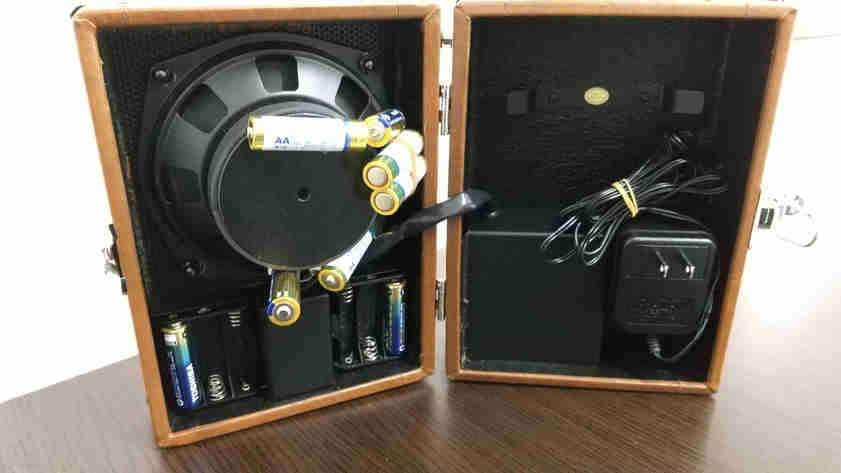
When you open the amp, the AC power cord fits perfectly inside.
Previously, I performed at an event at the Chiba City Civic Center, using only the Pignose and a handmade distortion effect called HOT CAKE. Besides the AC battery, you can fit accessories inside as long as you don’t damage the speaker. I usually place a chamois cloth inside without damaging the interior. In short, as long as you don’t break the speaker, there’s space for small items. In the photo, I’ve attached a battery that I don’t use to the speaker, but I recommend you do so at your own risk.
Since it opens with just one hook, it’s best not to store valuables inside to prevent accidents.
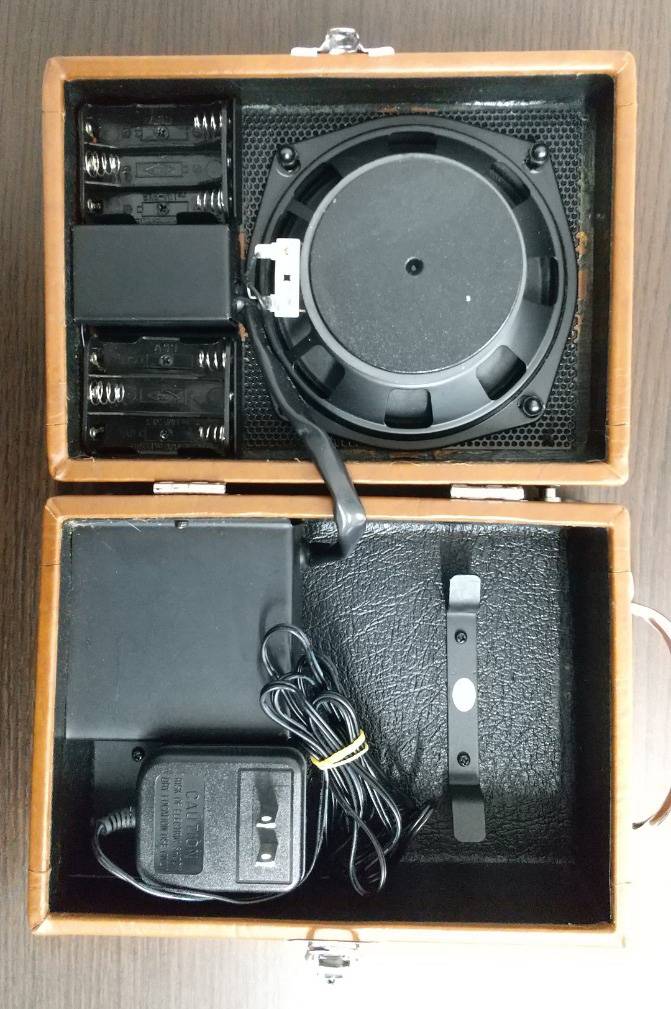
There’s a space for accessories inside,which is convenient for storing keys or batteries, but be careful not to damage the speaker. I do this to prevent battery leakage. However, when transporting, I always remove any batteries or metal items that can stick to magnets.
You can attach straps on either side of the amp, but realistically, I feel that “the strap hooks are an afterthought.” I once used a Fender’s classic monogram strap, but the commercially available plastic fastening parts easily detached. It’s worth trying once, but please be careful of the strap falling off.
Additionally, this amp can deliver amazing performances! With a guitarist and a free member, unexpected performances can occur.
By opening and closing the body, you can create an ‘airy wah sound’! I had the vocalist open and close it during a live performance, and it was a hit.
However, if you perform this frequently, the hinges that support the amp may break easily. Make sure to secure the batteries so they don’t come loose, and don’t neglect maintenance. This isn’t possible with AC power. It promises impactful and wonderful stage performances, so use it to its fullest potential.
The Pignose has a leather-like finish, but since it’s affordable, it’s made from synthetic leather. However, it’s designed to be used for a long time if handled gently. In the States, versions with tweed fabric and innovative colors are also available.
The price is 14,800 yen. It’s highly unlikely to malfunction, so is it worth the price? It would be perfect if it could use headphones.
From the American Pignose brand’s website:
When you transition from the Sound House page to the American brand page, you’ll find tweed fabrics and snake skin options available.
Many professionals utilize this excellent performance. Among them, it’s widely known that the legendary Eric Clapton has used it. The sound fits him perfectly with his bluesy style.
Additionally, Richie Blackmore used it on the reformed Deep Purple’s second studio album, House of Blue Light, released in 1986, as mentioned on page 32 in Raid Back Vol. 2 published by Rittor Music. Although the song titles aren’t listed, you’ll recognize it immediately by the sound. Find out yourself which song it is!
When I listened to House of Blue Light back in the day, I was captivated by the unique sound of the electric guitar intro. Unlike Blackmore’s hundreds of watts Marshall amps, it had a distinctly different personality. Did he originally dial back the treble tone on the VOX AC30 he was using? This had been on my mind for years until I finally understood it from the aforementioned Raid Back Vol. 2, which was a relief.
It’s simple yet has limitless potential. It’s a deep amp. It can be purchased for the price of one effect pedal, so I highly recommend you get your hands on one. Some music stores even sell modified versions.
The “sound & person” column is made up of contributions from you.
For details about contributing, click here.





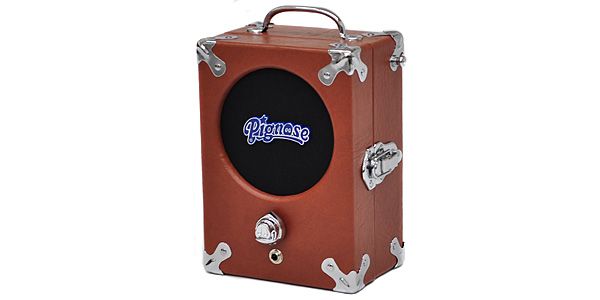
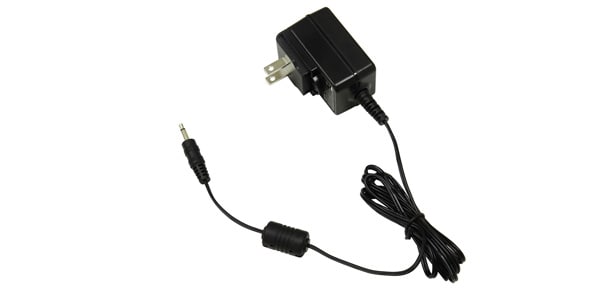

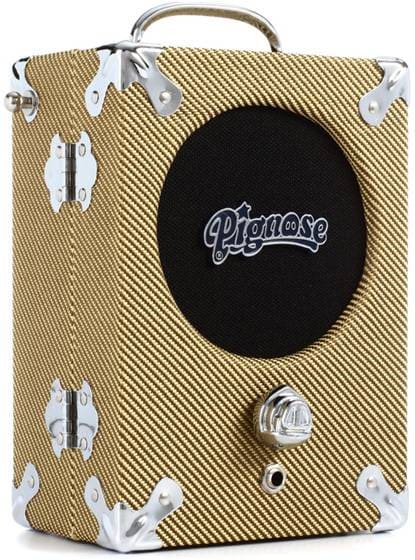









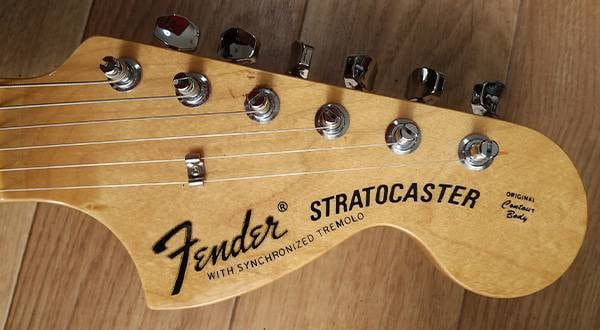

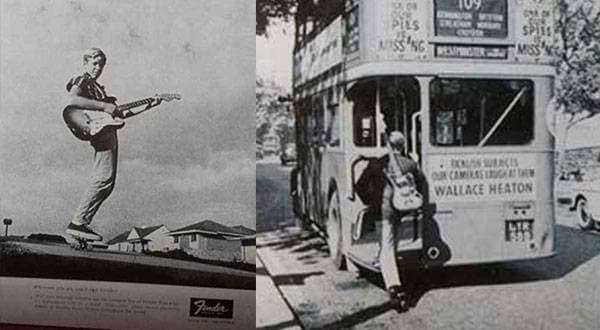
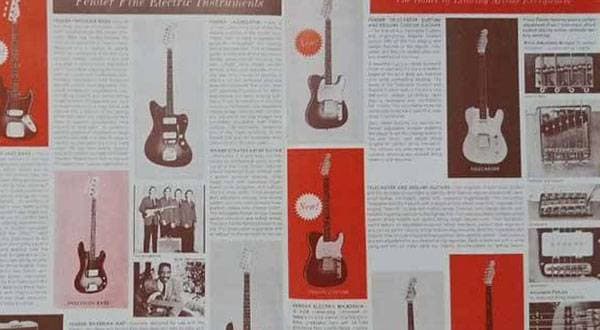

 CROWN パワーアンプ特集
CROWN パワーアンプ特集
 ギターパーツの沼
ギターパーツの沼
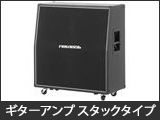 ギターアンプ スタックタイプ編
ギターアンプ スタックタイプ編
 ギターアンプ コンボタイプ編
ギターアンプ コンボタイプ編
 アンプの選び方
アンプの選び方















